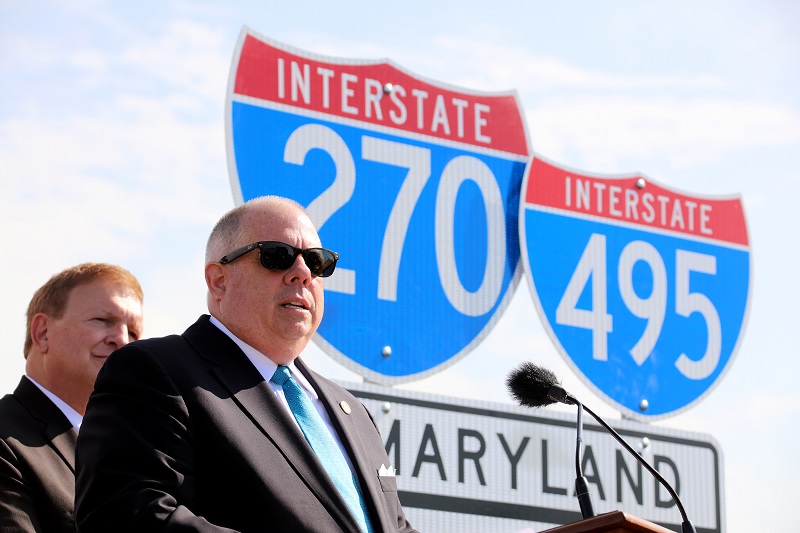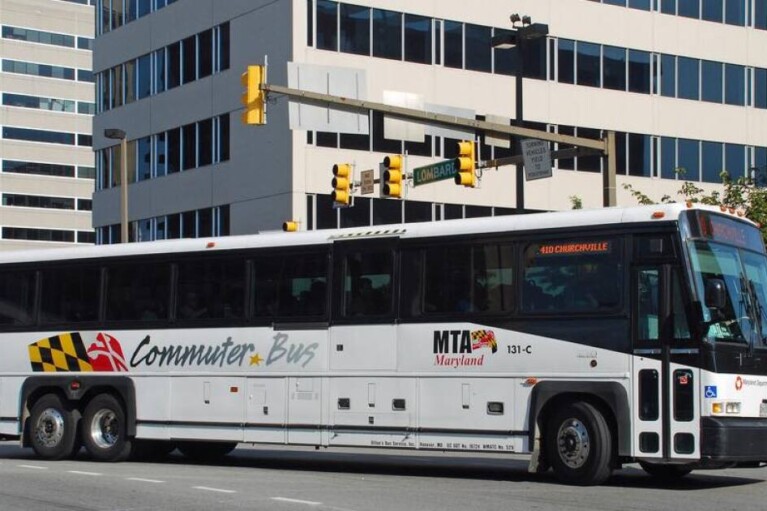
The fallout of the COVID-19 experience in shaping society is currently unknown, but is likely to be profound over the next one to two years and is likely to extend, in some form, into the future. We need to step back and think carefully what those implications might be for current projects.
With that in mind, I requested that the Maryland Department of Transportation acknowledge the current COVID-19 situation, formally delay the Environmental Impact Statement (EIS) process and revise the EIS schedule for the I-495 & I-270 Managed Lanes Study.
The Managed Lanes decision will affect the region’s and Maryland’s future for decades. There is no desperate need to complete the EIS and decision process on the original schedule until we begin to understand the short-, medium- and long-term effects on the regional economy and commuting behavior. Proceeding without a sensible delay for rethinking and reanalyzing this project is a mistake and does not conform to the intent of the EIS process.
Reconsideration should extend to the proposed public-private partnership (P3 process) currently favored by the governor. A partnership might seem attractive in the financial squeeze on Maryland government. But we should examine carefully whether private corporations are in the position to spend billions of dollars, up front, on this project.
In response to my request, MDOT did acknowledge the impact of COVID-19 on the EIS process and, to its credit, stated, “The DEIS [Draft EIS] is not planned to be released until such time as public facilities such as libraries can be safely opened to the public and allow the opportunity for the public to review and comment on the DEIS.”
But apparently the draft EIS will remain unchanged, without any reexamination of its assumptions and further analysis. MDOT acknowledged that telework, Metrorail and bus rapid transit would play a role in the future, but held to the position that “expansion of the express highway network” was needed.
While MDOT has promised to honor public participation in a formal sense, real participation for the citizens of Montgomery and Prince Georges counties, as well as the state, demands a fresh look at this important investment. The public raised many unanswered issues even before COVID-19 intervened. We can take a deep breath and use this time to carefully examine them.
— ARTHUR KATZ
The writer is a resident of Rockville.




 Creative Commons Attribution
Creative Commons Attribution